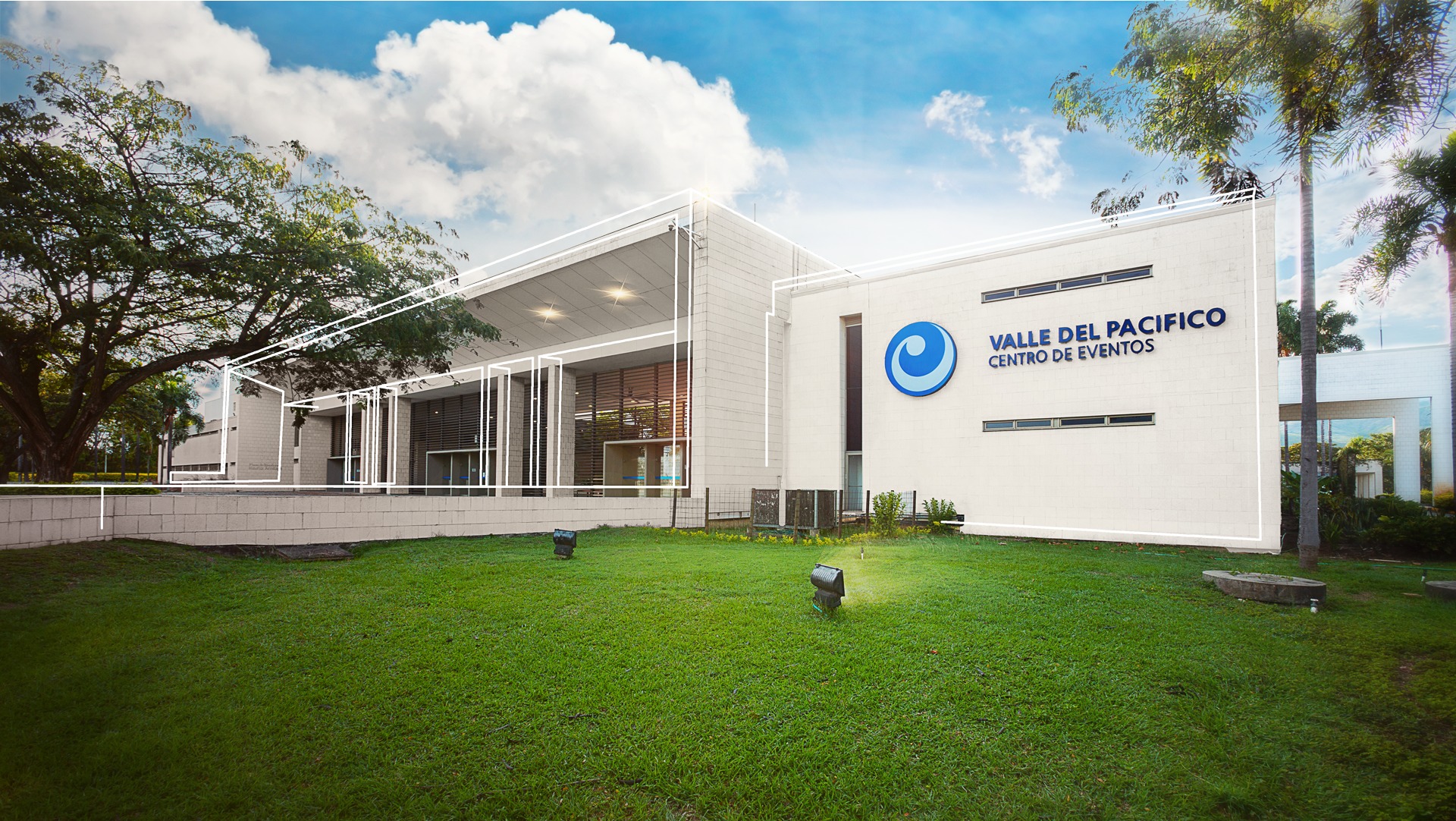 Centro de Eventos Valle del Pacifico
Centro de Eventos Valle del Pacifico
Four facts that define the 2024 UN Biodiversity Conference in Cali
When it gets underway in Cali, the capital of the mega-biodiverse valley of the Cauca in Colombia, the 2024 UN Biodiversity Conference will see the largest Green Zone in the history of the Convention on Biological Diversity (CBD). Thousands of events, debates, workshops and cultural performances will involve tens of thousands of participants from more than 30 countries.
In the Blue Zone, the space where the intergovernmental negotiations take place under the auspices of the UN, twelve Heads of State and Government and 100 Ministers are expected at the high-level segment. Under “Peace with nature”, the theme that Colombia crafted for the Conference, participants will seek policy pathways to accelerate transformational change and set the world on a path to living in harmony with nature.
There will be ample opportunities for public participation and engagement in the Blue Zone as well. The programme includes “Place Quebec”, a space for dialogue and multi-stakeholder engagement funded by the Canadian province’s government. Parallel events include a Children and Youth Summit, 17 pavilions held by governments and intergovernmental organizations, a capacity building and development forum, a technology and innovation expo, and forums for parliamentarians, indigenous peoples and local communities, Women, businesses, local authorities, the science community, and other stakeholder groups.
Here are four facts about the Conference—dubbed as “La COP de la gente” (COP of the people, in Spanish)-- and its expected outcomes:
1. Cali will see the first stocktake of the Kunming-Montreal Global Biodiversity Framework (KMGBF)
Several countries have submitted updated National Biodiversity Strategies and Action Plans (NBSAPs) ahead of COP 16. Others have focused on the submission of aligned national targets as they continue to develop their NBSAPs. Under the CBD, NBSAPs constitute the principal vehicle of implementation. They are expected to translate the multilateral ambition of the KMGBF into a commensurate measure of nationally adequate ambition.
In Cali, the representatives of 196 Parties will review the state of implementation of the KMGBF based on the corpus of information communicated to the Secretariat of the CBD (through the national submissions). Demonstrating momentum in implementation will be critical for progress as the world races the clock to achieve the 23 action targets of the KMGBF by 2030.
2. COP 16 could adopt a historic win for indigenous peoples and local communities and biodiversity
In line with Article 8(j) of the CBD, the KMGBF acknowledges the crucial role of indigenous peoples and local communities as custodians of biodiversity and as partners in its conservation, restoration and sustainable use.
In Cali, Parties will consider a proposal for the adoption of a new programme of work on Article 8(j) and other provisions aimed at enhancing the role of indigenous peoples and local communities within the CBD. Institutional arrangements under the Convention to support the implementation of the new programme of work, when adopted, will also be considered.
3. A moment of truth for biodiversity finance beckons
Although resource mobilisation for biodiversity conservation and sustainable use is expected to occur across the KMGBF, two specific targets encapsulate the thrust of the endeavour:
- Target 18: Reduce harmful incentives by at least $500 billion per year, and scale up positive incentives for biodiversity.
- Target 19: Mobilize $200 billion per year for biodiversity from all sources, including $30 billion per year through international finance.
In Cali, Parties will consider a new resource mobilization strategy and a potential new financial mechanism.
4. A much-anticipated development at the intersection of technology and innovative finance could unlock new opportunities for people and nature
COP 15 established the multilateral mechanism for the fair and equitable sharing of benefits from the use of digital sequence information on genetic resources, including a global fund, alongside the adoption of the historic KMGBF. Two years on, Parties are now set to press ahead with operationalization. The expected decision will determine who will pay for using digital sequence information on genetic resources (referred to as DSI), how much they will pay, what would trigger such payments, how the collected payments will be disbursed and how the entire set-up would be managed and governed, also in relation to the broader resource mobilisation endeavor for the implementation of the KMGBF.
In August, Parties narrowed down the spectrum of technical and policy options that need agreement. The world has never been closer to seeing the benefits derived from the use of DSI be shared fairly and equitably. Nature stands to benefit too: the associated global fund would generate significant resources for biodiversity conservation and sustainable use, so that the gift keeps on giving.
Learn more:
Three messages for biodiversity in the COP 16 logo
On the road to COP 16 in Cali: three priority areas for action
What indigenous peoples and local communities can expect from COP 16
High-level consultations on the journey from COP 15 (Montreal) to COP 16 (Cali)
Parties to the CBD are submitting national targets reflecting the KMGBF